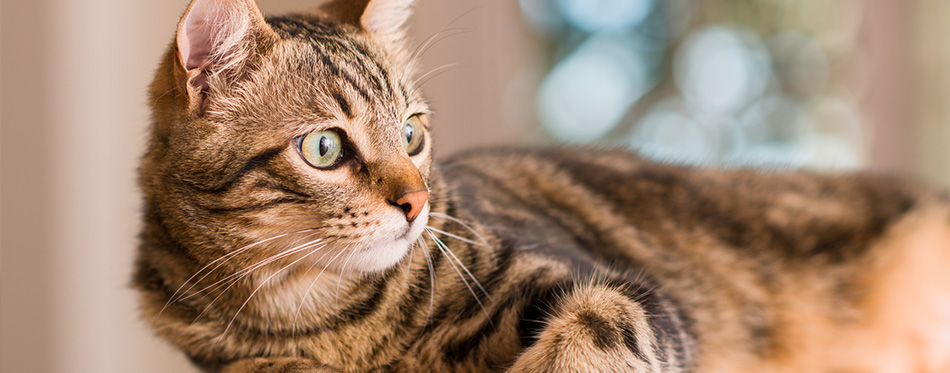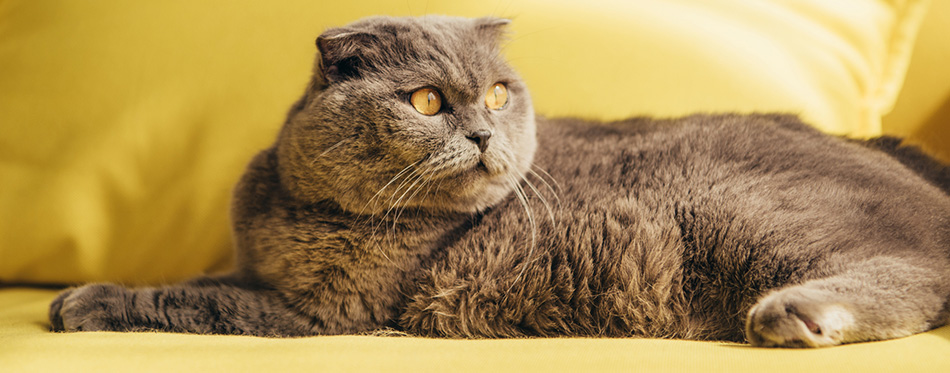It is almost impossible to imagine a cat without whiskers. Aside from the fact that they look more adorable with their feline mustaches on, these stiff strands of hair have a very important function. Known as vibrissae, these hairs that stick out of the side of the cat’s nose pads contain highly-specialized cells. To put it in simple terms, the whiskers are the cat’s natural radar and GPS system. It is a structure of hair that is well integrated in the cat’s nervous system, allowing cats to sense their world.

The Structure of a Kitty Whisker
People think that feline whiskers are similar to the hair that cats already have in their body. There are also those who liken whiskers to the mustache of men. While whiskers do look like normal cat hair, they are thicker and stiffer. Each individual strand of whisker contains millions of tactile receptors. These are special sense organs that gather information related to touch.
There are different types of tactile receptors. Two of these are the proprioceptors and mechanoreceptors. Proprioceptive receptors gather information about the relative position of the cat’s body and limbs. Mechanoreceptors, on the other hand, pick up vibrations within the cat’s immediate surroundings.
Unlike the usual coat of cats, whiskers have their roots deep within the muscle of the cat’s nasal pads on its upper lip. However, there are also whiskers in the cat’s eyebrow area, near its feet, and along its chin. It is like a battleship with several arrays of radar and GPS systems working together to make sense of the vessel’s position. That is the same thing with cats. They have whiskers in specific parts of their body to allow them to make better “sense” of their world.
Each whisker connects with many nerve endings deep in the muscle tissue. This rich supply of nerves sends the information straight to the cat’s brain for processing.
You may also like our article on GPS Tracker for Cats.
How Do Whiskers Work?
Cat whiskers are very sensitive organs, capable of picking up tactile, proprioceptive, and vibration information from its surroundings. In other words, these receptors pick up very faint signals related to the actual position of the different body parts in relation to distance and space. They also pick up vibrations that are the result of movement of others in the cat’s surroundings.
When a cat moves through space, its whiskers stick out in different directions. If you notice the whiskers on its face, they are as wide as its body. The reason for this is that it can decide whether the cat can fit into a small space or not. For instance, if it sees a small opening, the cat will try to “feel” the situation first using its whiskers. From here, it can then decide whether the space is big enough for it to fit in.
Cats that have problems with their eyesight can also rely on their whiskers for navigation. They will walk around, blind as a mouse but they will never bump into things because their whiskers are doing the advanced recon for them. These whiskers pick up information up ahead so they know if there is an object right in front. They can then evade such an obstacle.
When they move in the dark, cats rely on their whiskers to determine the very precise texture, size, and location of an object. This allows them to make decisions as to how they need to approach the said object.
Whiskers also allow cats to detect very faint changes in air currents. This is very important for cats as it allows them to detect if there are predators around. The faint vibrations that predators cause can also get picked up by these whiskers. Not only do whiskers protect cats from predators, they also warn cats about the presence of an approaching danger.
Cat whiskers also allow cats to make very precise jumps and leaps. The whiskers on the back of the cat’s legs allows them to climb up trees. Their facial whiskers help cats make accurate estimates of the distance that they need to jump.

Whiskers and Feline Emotions
Cat whiskers are not only remarkable sense organs. They are also a cat’s stunning indicator of its mood. If the cat is in a relaxed or contented mood, you will notice its whiskers to be sticking out in their normal position. They won’t be moving at all.
On the other hand, fear or threat has a very different effect on cat whiskers. These hairs lay flat against the face of the kitty. During playtime, especially when playing with chase cat toys, the whiskers will be oriented in a more forward direction. This allows the cat to “detect” its prey.
Head over to our reviews of Brushes For Cats and Cat Grooming Gloves.
Leave the Whiskers Alone
It is obvious what will happen to your cat if you cut off its whiskers. Since these are very special sense organs, cutting them off will leave your kitty vulnerable to accidents and injuries.
Cats can become disoriented. They will have a difficult time judging the distance that they need to cover to make the jump. They may not be able to sense an approaching danger. Cats with cut off whiskers will also have a hard time navigating in the dark. It will also not be able to know the difference between a hot and cold surface until it is already too late.
Whiskers are the cat’s connections to its outside world. It is like our skin that we use to make “sense” of what we have in the world. Removing, cutting, or trimming these sense organs can be a very frightening experience for the kitty. Because of this, the cat can develop serious behavioral issues.
Sure, the whiskers will grow back. However, the period between the time the whiskers are cut off and the time when they grow back to their full length leaves the cat vulnerable. It is like removing its ability to sense its world, albeit on a temporary basis. Anything can happen within this period.
Cat whiskers are special tools for kitties to “understand” their world. Leave these alone, lest you court more problems for your pet.
Sources:
- Why Do Cats Have Whiskers? – PetMD
- Why Do Cats Have Whiskers? – Pets WebMD

